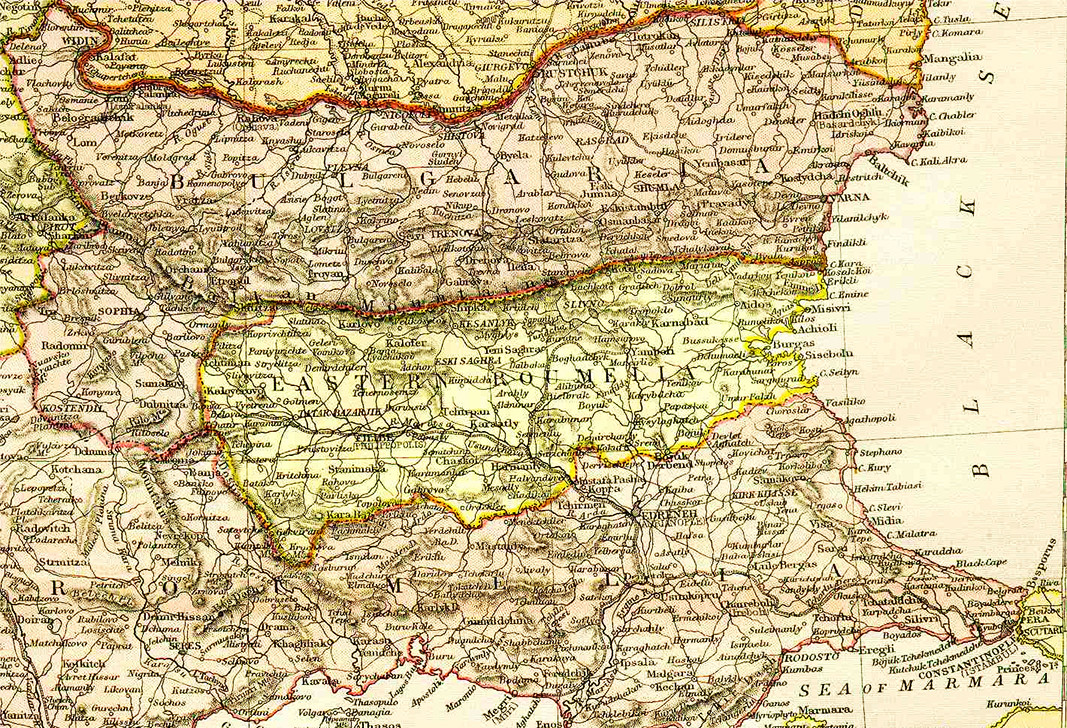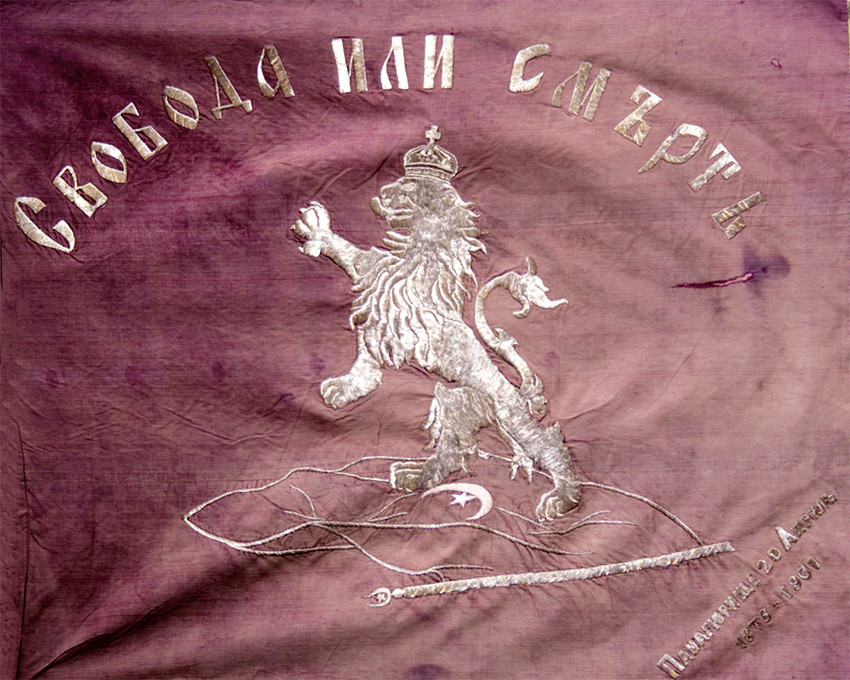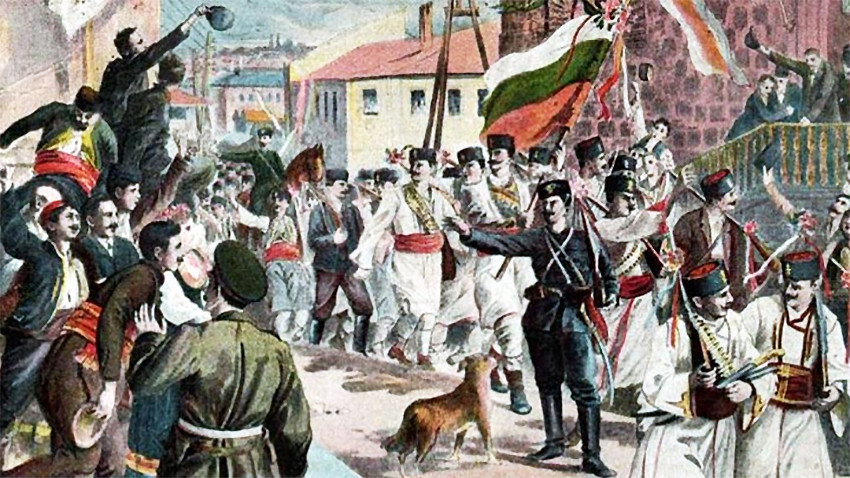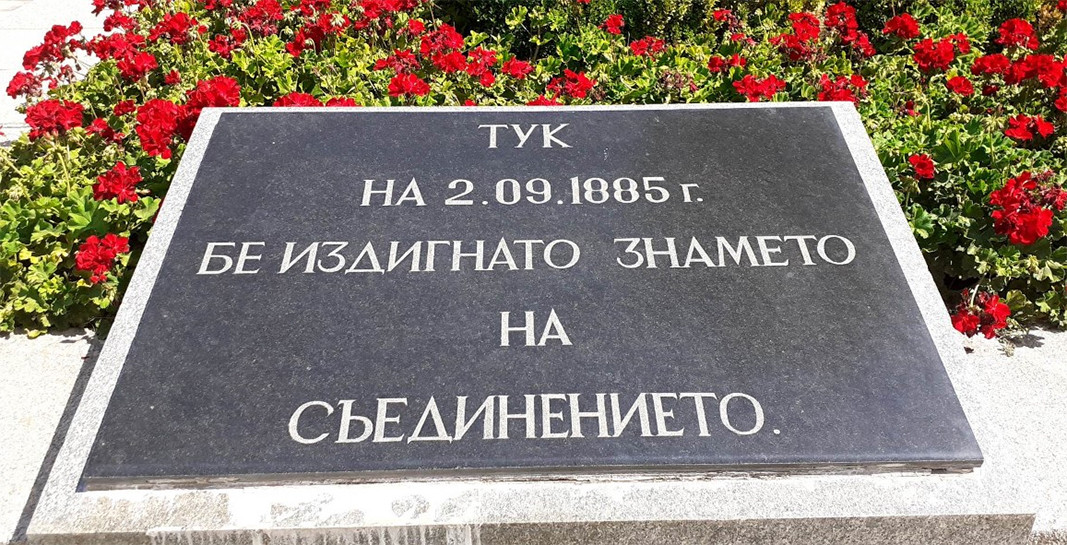
"The Bulgarian issue" - so the activists for the unification of Bulgaria after 1878 used to refer to their most important task. After its liberation from Ottoman rule, the country reappeared on world maps, but in a fragmented form. This happened with the decision of the Congress of Berlin in 1878, which divided Bulgaria into several regions with different status and governance. This ignited discontent and resistance among the local population. Resistance was most active in Eastern Rumelia, the remaining part of Bulgaria in the Ottoman Empire, which sought unification with the Principality of Bulgaria (the official name of the autonomous part of the country after 1879).

Rallies and demonstrations began, insurgent brigades were formed. A revolutionary atmosphere set in, which would unite the energies of all Bulgarians and eventually lead to one of the most fortunate and significant events of Bulgaria's recent history: to the Unification, and the brilliant victories of Bulgaria in the Serbo-Bulgarian War in the autumn of 1885, and ultimately to the Independence of Bulgaria achieved three decades after its Liberation.

It is hardly a coincidence that the first people to start the revolutionary resistance for the Unification in 1885 were the inhabitants of Panagyurishte. We remember from history that it was this town that first proclaimed its independence, just a few days after the outbreak of the April Uprising in 1876, and was the first to fly the flag of the revolution, sewn here by Rayna Knyaginya with the memorable words "Freedom or death".

On September 2, 1885 the people of Panagyurishte were ahead of the developments, causing the Chairman of the Bulgarian Secret Central Revolutionary Committee Zahari Stoyanov to exclaim: "Hurrah for Panagyurishte! The people of Georgi Benkovski and Panayot Volov, the residents of Panagyurishte, were again the first and shouted - Long Live Unification!".

But what was the contribution of Panagyurishte in the days before the official announcement of the Unification on September 6, 1885 in Plovdiv?
"On September 2, 1885 the Unification first started in Panagyurishte - points out Irina Boteva - chief curator of the Historical Museum in Panagyurishte. - The history of our town turns dramatic after the Liberation and after the Berlin Treaty in the summer of 1878. Under the treaty, Bulgaria was divided into several units, the largest two being the Principality of Bulgaria and Eastern Rumelia. The border between the two ran between Panagyurishte and Zlatitsa, with Panagyurishte remaining in Eastern Rumelia, effectively still under Ottoman rule.
For the people of Panagyurishte this meant one thing - that all the human losses in the April Uprising, all the sacrifices in the liberation struggles were utterly futile. Thеy could not accept this. Like the people in most of the settlements in Eastern Rumelia, they, with the support also of the Bulgarians in the Principality of Bulgaria, set up a Unificationist Revolutionary Committee.
On September 2, 1885, three young men, members of the Panagyurishte Committee, began shouting in the streets of the town "Down with Rumelia! Long live Unification!" and were captured by the district authorities. Upon hearing the news, the people of Panagyurishte quickly took up arms and gathered for a spontaneous rally in front of the Church of the Holy Mother of God. There were around 2 thousand people present. The district chief then realized that he had to act very quickly, because this rally of thousands of men, most of them armed, was unstoppable. Eventually the three young Unionists were released. In fact this rally, which gathered in Panagyurishte with the call "Down with Rumelia! Long Live Unification!" was the beginning of Unification in Bulgaria."

On the towns square, almost on the very same spot where these events took place, there is a memorial plaque commemorating the bravery of Panagyurishte townsmen and its role in the Unification of Bulgaria. This is also the place where celebrations and commemorations are held every year. And the inscription on the black marble reads: "Here on 2.09.1885 the flag of Unification was raised".

A valuable relic of the events is kept in Panagyurishte - the Unification flag dating back 137 years. On it we see the words "Unification makes the strength" which we immediately associate with the winged phrase that has become a symbol of Bulgarian parliamentarism, often quoted nowadays. "Unifity makes the strength"
"We keep the original flag with which Panagyurishte residents participated in the Serbo-Bulgarian war - explains Irina Boteva for Radio Bulgaria. - The museum also keeps the rifles of many of the participants in the rally on September 2, 1885."
Photos: Gergana Mancheva, Panagyurishte Museum of History, library
Holy Tuesday is a day for teachings and final moral instructions. On this day the priests and the Jews listen for the last time to the teaching words of the Son of God in the temple. There, Jesus Christ gives an example of how to give charity –..
Passion Week is the last week before Easter. It is also the most austere week of fasting at the end of the long Great Lent, which prepares the faithful for Christ's Resurrection. It begins after the Sunday on which Christians celebrate the Lord's entry..
The Zograf Monastery on Mount Athos has a new abbot. Hieromonk Gavriil has been elected as the new abbot of the monastery, reported the website of the Bulgarian Orthodox Church. "On Lazarus Saturday, the Zograf Monastery on Mount Athos held elections to..
Passion Week is the last week before Easter. It is also the most austere week of fasting at the end of the long Great Lent, which prepares the faithful for..
Holy Tuesday is a day for teachings and final moral instructions. On this day the priests and the Jews listen for the last time to the teaching words..

+359 2 9336 661
